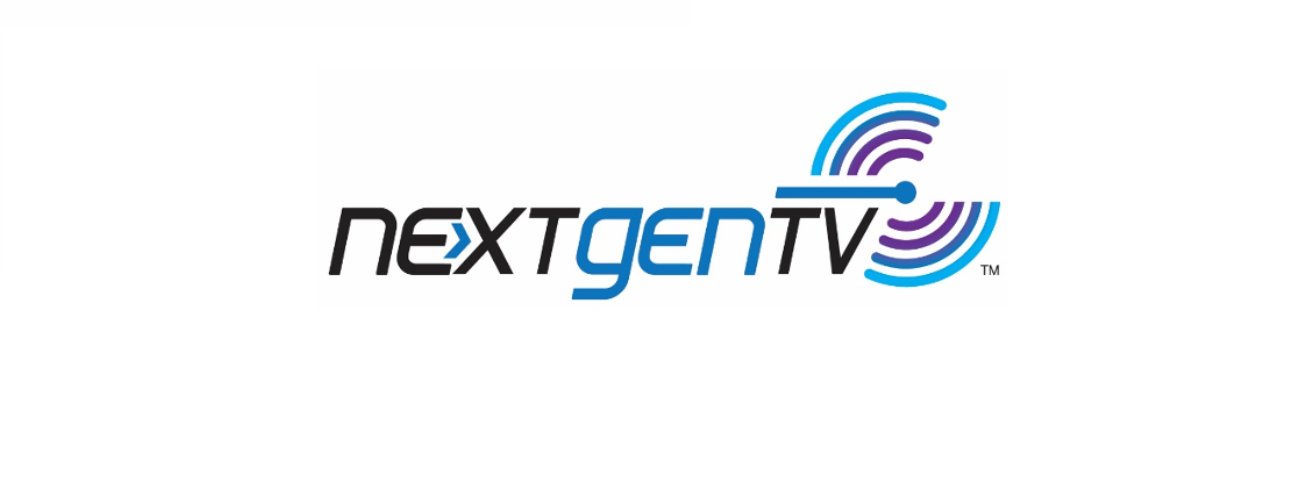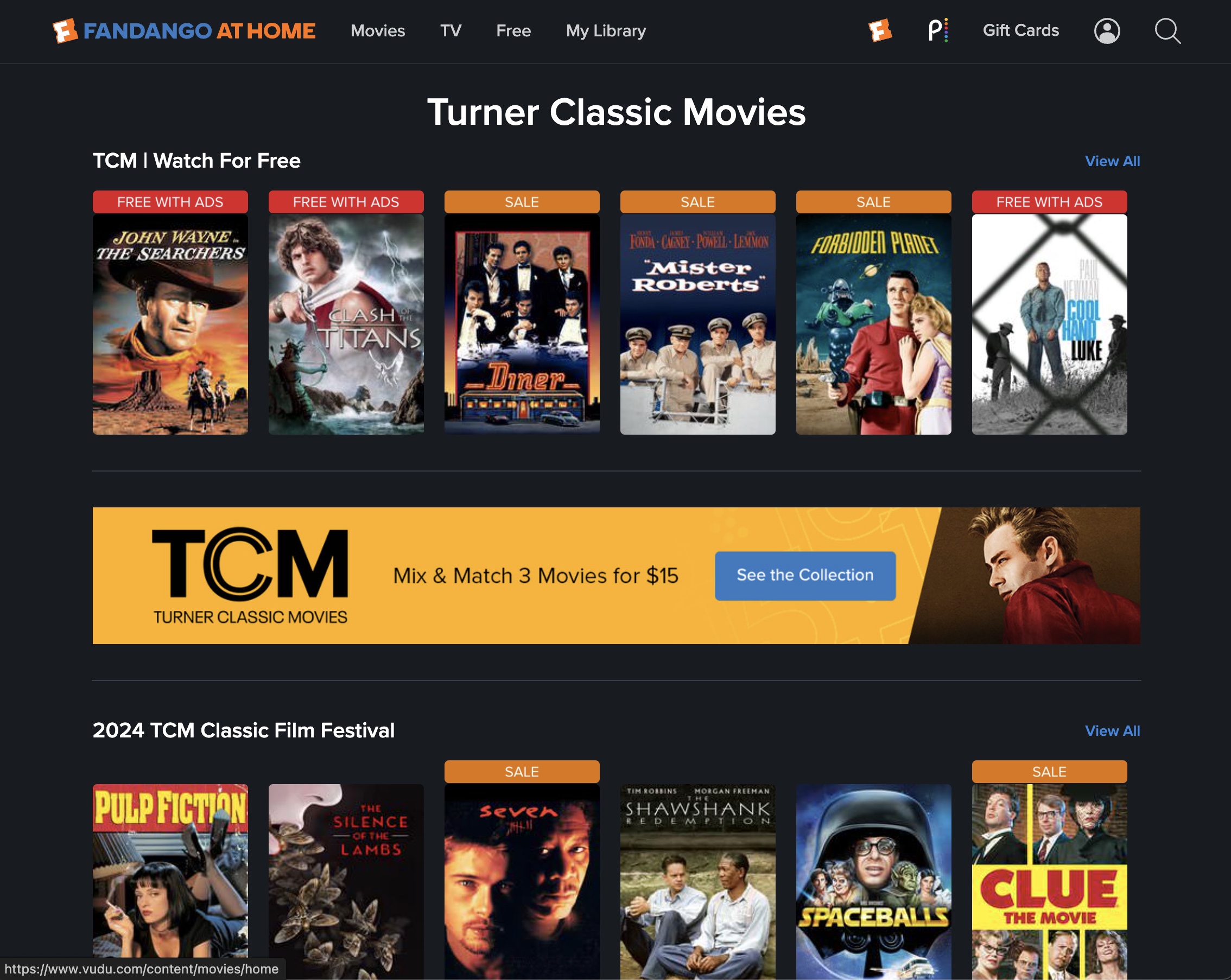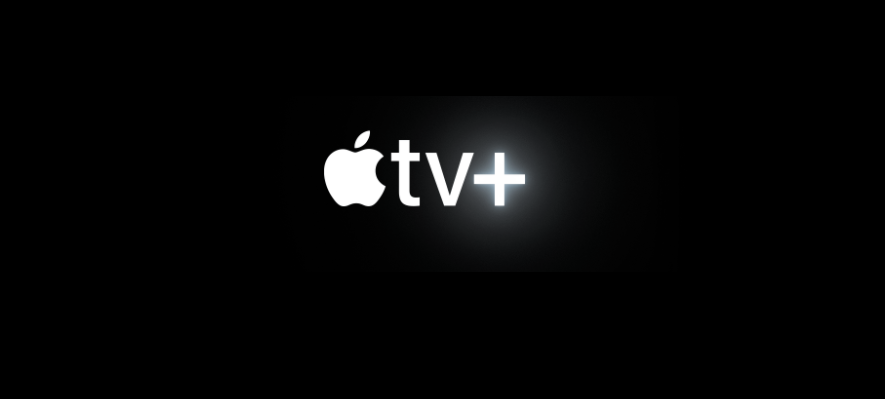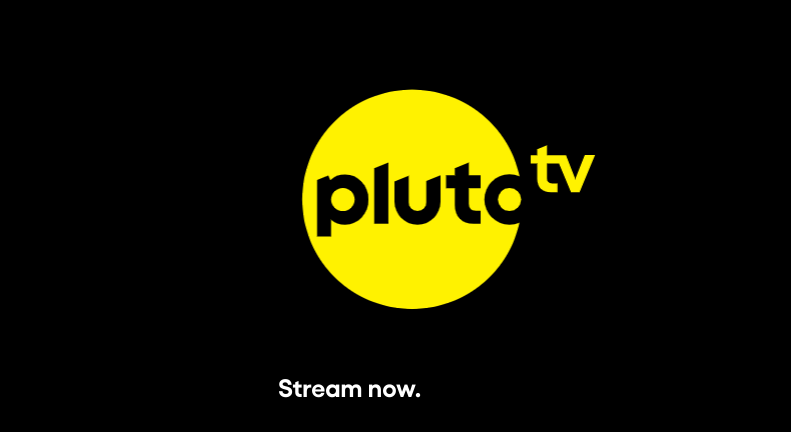NextGen TV and the term ATSC 3.0. are two ways of saying the same thing. Either way, if channel owners truly deliver on the potential that this format is capable of developing then everybody is going to want a good antenna.
I know. You might have read the broadcast is dead, and that the future of TV is internet-delivered television that is otherwise free and supported by commercials. Yeah. The model of the “future” according to some in the know is that we will be watching TV the same way we do now. Except we will also pay for the Internet in order to get it. Well, what if I told you that you could have TV delivered from the Internet without paying an Internet bill? You can.
This is not me saying that all Internet connections are going to be free, though, in all honesty, I think that Internet access should be more accessible than it is for a lot less money considering how key it is to everything we do in the modern world. What I am saying is that you do not need an Internet connection to receive content that lives on the cloud etc. The new broadcast TV standard ATSC 3.0 allows TV stations to send out Internet-based content to televisions. I have seen it with my own eyes.
At the 2023 Consumer Electronics Show (CES) the Advanced Television Systems Committee (ATSC) had an information booth set up in the Central hall with proof of concept examples featuring standard products like Android-based ATSC 3 TV tuners and experts ready to explain what the new standard is about. But the OMG moment of the day was when I had a chance to sit down with a representative from Sinclair Broadcast Group. Sinclair was demonstrating how its web app works. A representative simply tapped a button on the remote while on a local broadcast channel and opened a menu of web-based content and started playing it. There was not an internet provider at work. Just an antenna. There was also a setup showing Stirr, the (free advertising-supported streaming (FAST) app streaming music through a TV antenna. Honestly, I felt like what people must have the first time they saw color TV or sound at the movies.
Have you figured out what a big deal this is yet? This means that content that is otherwise delivered via the Internet can be sent to a TV in a home without any broadband Internet at all. It is possible to beam Stranger Things right from Netflix to an antenna. The reason Sinclair was showing off Stirr is because they own it. That means that Paramount Inc owned stations can do the same thing with Pluto TV. Comcast-owned stations can do the same thing with Xumo Play or Peacock. And who knows what kind of partnerships could come about as TV companies realize the possibilities.
The difference between what you can do over the air and say with an active internet connection is that when a user is accessing a full service over the air, say, HBO Max, they can grab the content from the cloud according to what they want to watch. In the ATSC scenario, the broadcaster has to send out the content. But the possibilities will most likely be based on what the market will support. And when TV companies realize that they can deliver specialized TV viewing options with advertisements without also having to own extra frequencies the entire TV industry could explode.
How could things change?
Major broadcast conglomerates could start bidding on cable networks with the intention of delivering them over the air via the Internet. If you no longer need cable or even Internet to watch a Hallmark Christmas marathon, would you pay for it? Maybe, if it means that you still want to choose your favorites and watch them. But there could be a choice between how you do it.
It could cut out the middleman completely
We will need the internet in order to do a lot of things. We will need it to watch TV totally on-demand. We will need it in order to send and receive email, conduct commerce and all of the other non TV things we use it for. But the need to spend major bandwidth on TV could become a thing of the past. If a TV company can put an entire TV library online for free viewing and sell advertising on it, why wouldn’t it? If a company could broadcast the Super Bowl and stream it over the air, why wouldn’t it?
The biggest barrier to something like Pluto TV being a primary TV source is that you still need internet access to get to it. But you can access the channels it provides with an antenna and an ATSC 3 tuner as long as someone will provide it. Will somebody?
10 years from now if the TV and broadcasting marketplace does not look completely different, it is because the powers that be do not have a big enough imagination. Not because it is not possible. All users will need is a TV capable of getting the correct signals. There are a growing number of companies building sets that can do it including, LG, Sony, Hisense, and Samsung, and products on the way that will deliver the signals to the rest of the TVs out there.





